
Views of the interior, exterior and rooftop garden at the energy-efficient house in Daxing district, Beijing.(REN JUN/HE ZHIHAN/SONG CHUNYAN/FOR CHINA DAILY)
Energy-efficient properties point way to healthy, low-carbon lifestyles
Architects often spend months or even years perfecting a design to express their ideas more clearly, convey additional information, or outline the right proportions for a building.
However, the urgent issue of climate change is placing new demands on their work.
For example, in July, Super Typhoon Doksuri battered China, affecting more than 2.66 million people in Fujian province alone. Heat waves that affected areas of the country in the summer were the most severe since 1961, when China began compiling complete meteorological records. Increased sunlight is also shrinking glaciers and melting ice caps.
Green architecture that conserves energy and reduces carbon dioxide emissions offers a solution, and concerted efforts have been made in diverse research fields over the past three decades to minimize heat loss.
In addition, new buildings have to be tailored to the needs of people's lifestyles.
Ren Jun, a professor at Tianjin University's School of Architecture, who designed the first near-zero energy house in China in December 2019, said, "You can use niche technology to construct low-energy, environmentally friendly houses in the countryside in northern China, but if the interior design and environmental quality don't meet residents' requirements, these properties won't be suitable to live in."
The near-zero energy house, situated in Banbidian village in Beijing's southern district of Daxing, won the International Design Award in the United States in January last year. It has been rented from local villagers.
The 400-square-meter property, which stands at the entrance to the village, runs on solar power gathered from rooftop panels, with the addition of a small amount of power from the grid.
Ren, former chief architect at Tenio Architecture and Engineering Co in Tianjin, said he initially thought of green architecture due to the prolonged hazy days experienced in the Beijing-Tianjin-Hebei area in the autumn and winter of 2015.
"At the start of 2015, I took a photo each day of the winter sky outside my office from a fixed position. The sky has become bluer over the years, especially last year, when the air quality improved significantly," Ren said.
"In winter 2016, the sky was at its murkiest, with bulk coal-fired heating in rural areas leading to severe pollution. Although conditions have improved since then, I wanted to use clean power to maintain an energy-efficient, low-emission house while reducing carbon emissions."
In 2019, a funding project launched by the Beijing Municipal Science and Technology Commission offered Ren an opportunity to reach his goal. His vision of promoting green architecture nationwide was also embraced in designing the house in Daxing.
Ren said the first obstacle to conserving energy in the property was heat retention, which he attempted to achieve by keeping the indoor temperature at a certain level.
The property is divided into five areas: a "solar garden" in the front yard, a central lounge, a water courtyard, a sponge zone, and a back room. For the exterior walls, Ren used three types of insulation, including plastic foam, each about 25 centimeters thick.
Even the ground floor was dug up and filled with insulation materials, Ren said.
As a place to live, the property takes some beating. Residents like a consistent, suitable temperature throughout the year, with moderate humidity and fresh air. However, Beijing is known for its four distinct seasons, with chilly winters and scorching summers.
Ren looked to passive house windows, which effectively retain heat. Passive houses are energy-efficient buildings that meet requirements laid out by the Passive House Institute. Originating in Germany during the 1990s, the passive house movement has become an influential benchmark for energy saving and reduced carbon footprints.
Ren also looked at ways to deal with emissions at the house. He decided to install a ventilator, which extracts air that is contaminated and replaces it with fresh air from outside in every room at the property. Energy is also saved by recycling interior heat and reducing electricity consumption.
In addition, trees and plants in the garden at the property provide a natural carbon sink to absorb carbon dioxide.
Ren said it will take three to five years before more ultralow or near-zero energy buildings appear in Chinese cities.

Painted murals adorn the walls of the house. [HE ZHIHAN/FOR CHINA DAILY]
Practical need
China's urban building area occupies about 65 billion square meters, with an annual construction increase of about 2 billion sq m, Ministry of Housing and Urban-Rural Development data show.
In some European countries, especially the Nordic nations, near-zero energy buildings have been promoted extensively. In Freiburg, Germany, a low-emission carbon community even produces enough energy to power the surrounding neighborhood.
In China, the State Council released an action plan in October 2021 focused on peaking carbon dioxide emissions before 2030, with all newly constructed urban buildings complying with revised green building standards by 2025. The plan also targets increased public awareness of ecological and environmental protection, and advocates green, healthy and low-carbon lifestyles.
The central authorities decided in 2020 that China should aim for its carbon dioxide emissions to peak before 2030 and achieve carbon neutrality before 2060.
Efforts have since been made by provincial authorities and different levels of industry to reduce carbon emissions and optimize their energy structure.
In 2021, China established a special leading group to guide and coordinate work related to peaking carbon emissions and achieving carbon neutrality. The group held its first meeting in May that year, and soon afterward, key sectors such as energy, industry, construction and transportation introduced their own action plans to peak carbon dioxide emissions.
In Shanghai, the municipal government spearheaded an energy-saving technological transformation for 500 companies, the administration's 2022 Government Work Report shows.
Meanwhile, in Zhejiang province last year, the authorities advanced the construction of hundreds of clean energy projects, each worth more than 100 billion yuan (13.7 billion), while in 2021, Anhui province added 4.48 million kilowatts of power generated by renewable energy to the grid.
A report released by the United Nations Environment Programme in September said the construction sector is by far the largest emitter of greenhouse gases — being responsible for at least 37 percent of such emissions globally.
In China, the construction sector accounted for nearly 51 percent of carbon emissions nationwide, an industry report by the China Association of Building Energy Efficiency stated in 2021.
Ren, the architect, said carbon emissions in the building industry comprise some 50 percent of the 10 billion metric tons of such emissions in China each year.
"If all buildings in China achieve near-zero energy consumption, let alone zero-energy consumption, then 5 billion tons of carbon emissions in the construction sector could be reduced by 60 percent, which is a relatively objective goal and would have an impact on overall carbon emissions nationwide," he added.

A view of the property at night. [SONG CHUNYAN/FOR CHINA DAILY]
Constant temperature
Designing a building that consumes little energy is no easy task. Sophisticated technology and careful construction are required, but the costs of materials and maintenance are high.
The near-zero energy house designed by Ren features red bricks on the exterior, coupled with a separate side room built from wood. The temperature in this room is maintained at 20 C all year round, even in the harsh winters of northern China.
This is possible due to the structure of the entire property, which boasts three thick layers of insulation, a windproof roof, and insulated foundations.
The skylight on the roof of the central lounge provides interior lighting and ventilation, as well as thermal storage in addition to that provided by the thickened exterior walls and passive windows, which also help retain heat. These features enable a standard temperature of 20 C to be maintained at the house in winter, rising to 26 C in summer.
The side room, unlike the rest of the property, is made from prefabricated modules that were built and decorated at a factory in Tianjin, before being assembled on-site. The modules also consist of a living room, kitchen and bedroom with en suite toilet and bathroom.
The modular rooms meant that more than 90 percent of the project could be completed at the factory, saving 50 percent of manufacturing time, reducing material waste by 25 percent and energy consumption during construction by 55 percent.
Photovoltaic tiles mounted on the roof need cleaning periodically. Falling leaves in autumn, as well as bird droppings, can reduce the tiles' generating efficiency.
Ren said the tiles installed at the property generate 7,000 kW of power annually. As the house consumes about 11,000 kilowatt-hours of electricity a year, more than 60 percent of its energy is provided by solar power.
"It took about half a year to design the house and less than three months to put it together," Ren said.
The property's design is energy-efficient, and most of the interior decorations are made from recycled materials. The water courtyard forms a small reservoir to collect and filter rainwater, with the base paved with tiles from older properties.
A zero-carbon garden in the backyard is used for recycling, and dismantled wooden windows for decorations. Broken mud bricks and smashed tiles placed in steel cages act as partitions, and old computer cases have been transformed into boxes to house equipment.
Outside the property, painted murals adorn the walls to preserve memories of the village's past.
"I believe that if we can build energy-efficient houses in the countryside, then such construction can be promoted nationwide," Ren said.
"Right now, purely from a technical perspective, I think it is feasible to try to promote such a method of building."

The living room at the house. [SONG CHUNYAN/FOR CHINA DAILY]
Concerns raised
However, industry experts are not entirely optimistic about the prospects for large-scale promotion of buildings that consume little energy.
Jiang Yi, an academician at the Chinese Academy of Engineering and director of Tsinghua University's Building Energy Research Center, said, "Despite the housing boom in China, this is not the ultimate solution.
"Reconstructing existing buildings to save energy holds greater potential, but it is probably not realistic to transform such buildings to near-zero energy consumption."
It is more important to improve energy efficiency, he said, adding, "For example, if residents switch off lights and air conditioners when they leave home, a large amount of electricity can be saved."
Ren said that if all fossil fuels were replaced with renewable energy at source, house-building and other construction materials would become less important.
"As the lease on the house in Daxing only has a few years left to run, the future of the property appears uncertain," he added.

Share

The exterior of the house. [HE ZHIHAN/FOR CHINA DAILY]








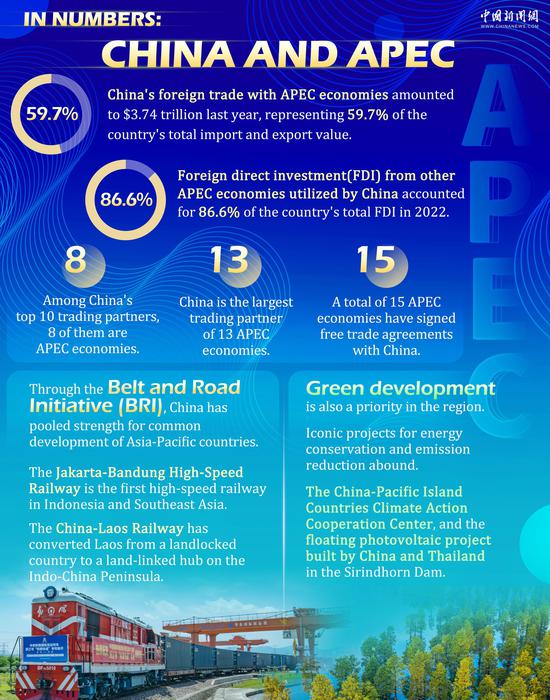
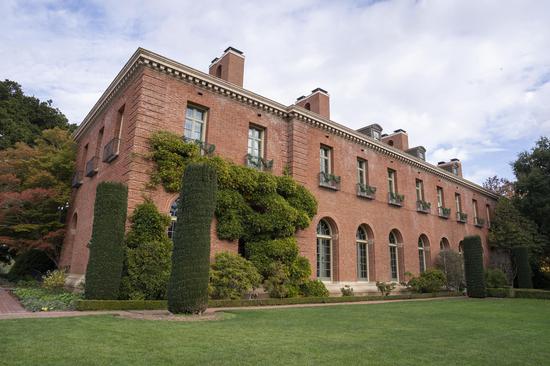



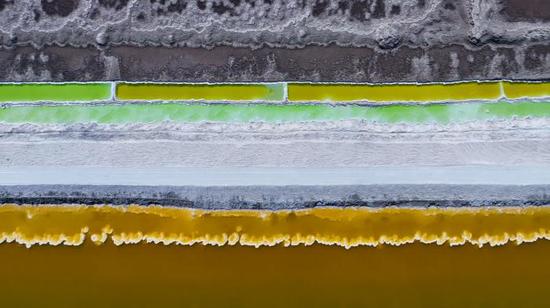
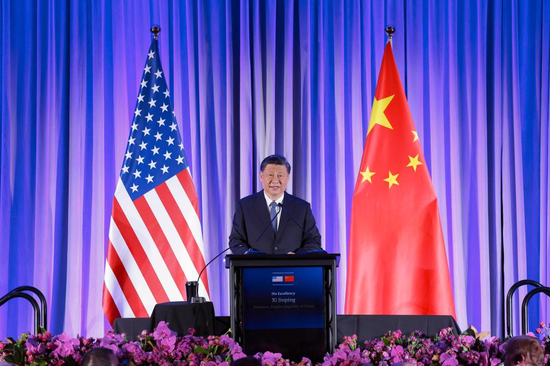
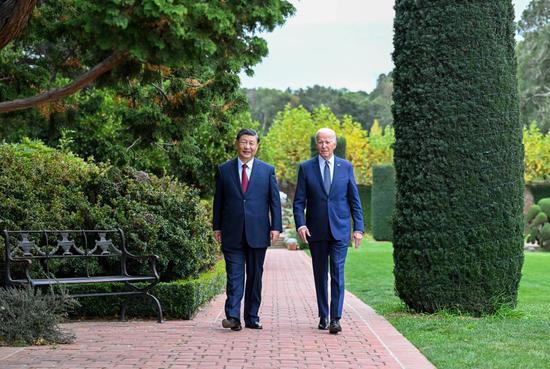


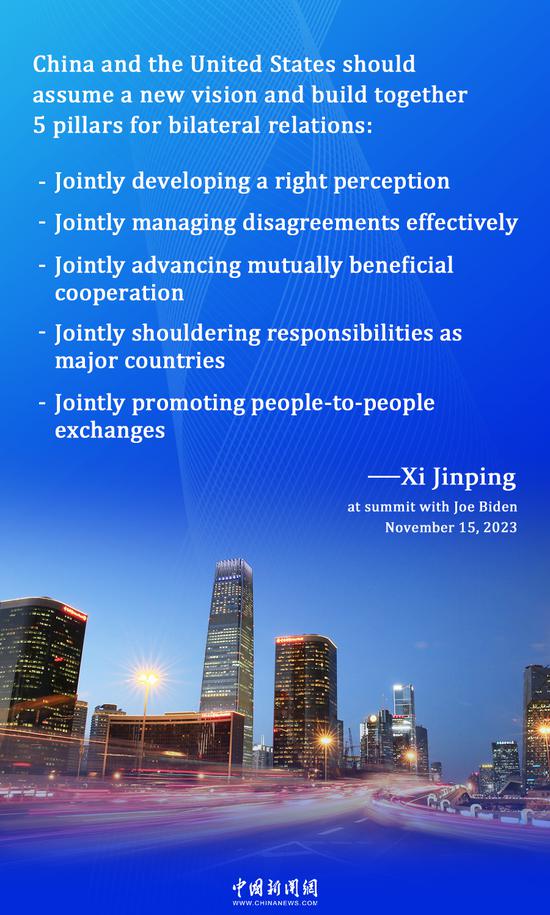











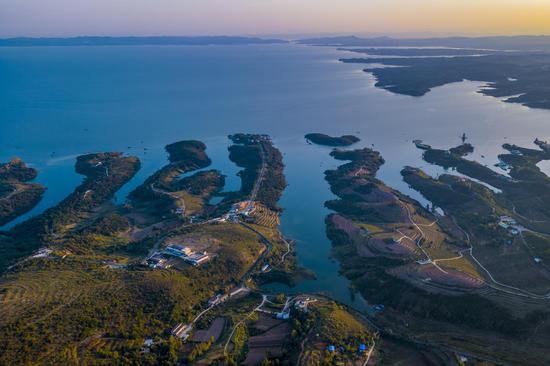







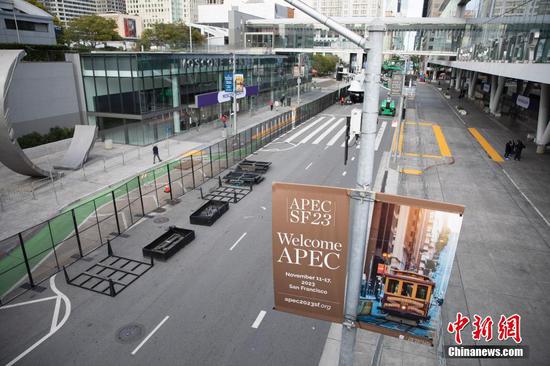



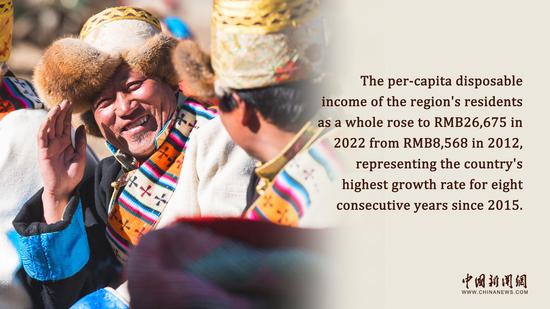
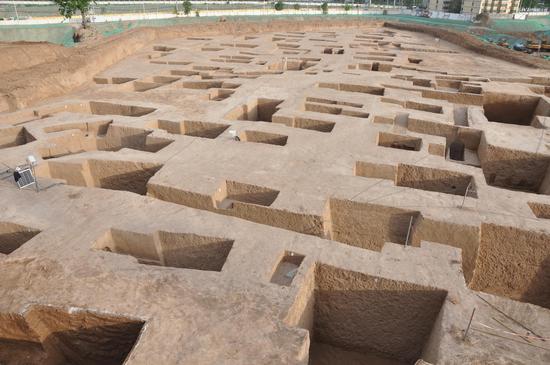


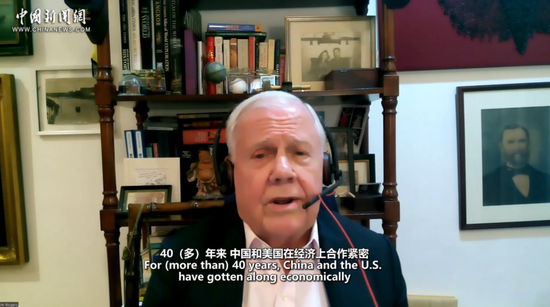



 京公网安备 11010202009201号
京公网安备 11010202009201号